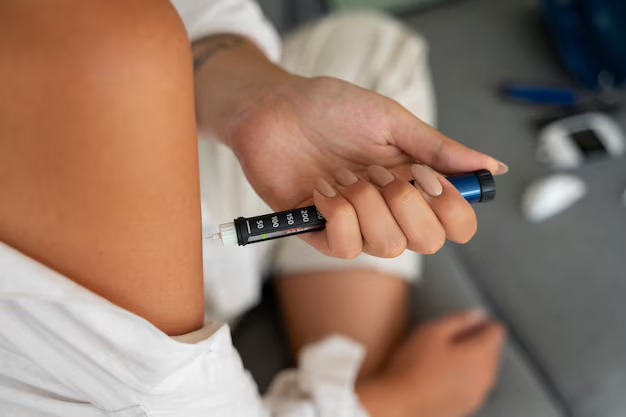Discover the Ideal Osteoporosis Injection for Your Bone Health
Osteoporosis remains an invisible yet impactful condition, quietly weakening bones and elevating the risk of fractures. Fortunately, modern science has paved the way for effective treatments that can bolster bone health. Among these, injectable medications stand out, tailored to combat the decline in bone density. But which is the optimal choice for you?
Unveiling the Top Injectable Treatments
In the realm of osteoporosis injections, two prominent medications have gained the trust of healthcare providers and patients alike: Denosumab (Prolia) and Teriparatide (Forteo).
Denosumab (Prolia) is an antibody that works by inhibiting bone resorption, the process where bone is broken down, releasing minerals into the bloodstream. Administered biannually, this injection has shown significant efficacy in increasing bone mass and reducing the incidence of fractures in postmenopausal women and men at high fracture risk.
Teriparatide (Forteo), on the other hand, is a form of parathyroid hormone, fostering new bone growth rather than merely slowing bone loss. It's typically prescribed for those with severe osteoporosis, as it’s shown to significantly increase bone density and reduce fracture risk. However, it's administered daily and generally limited to a treatment span of two years.
The choice between these treatments hinges upon various factors: patient health profile, severity of osteoporosis, convenience, and potential side effects. Consulting with a healthcare provider is crucial to determine the best fit.
Navigating Through Costs and Financial Support
Managing osteoporosis treatment costs can be daunting, given the regularity and duration of necessary injections. Enter the world of financial assistance programs, which can alleviate the economic strain and ensure access to these pivotal treatments.
Governments and healthcare agencies offer various aid programs designed to assist individuals in securing the necessary funding for osteoporosis medications. These include:
- Medicare and Medicaid Services that often cover a significant portion of treatment costs for eligible participants.
- Pharmaceutical Patient Assistance Programs offered by drug manufacturers like Amgen for Prolia and Eli Lilly for Forteo, which provide discounted or free medications for qualifying patients.
- Non-profit organizations that orchestrate assistance programs specifically for those struggling with the financial burden of necessary osteoporosis treatments.
Embracing a Holistic Financial Health Approach
Addressing osteoporosis effectively extends beyond medical treatment—it’s also about ensuring overall financial wellness to support a sustainable quality of life.
- Debt Relief Options can aid in managing existing financial obligations, allowing you to focus on crucial health expenses without the added stress of unmanageable debt.
- Educational Grants could be available, particularly for caregivers or patients seeking further education on managing osteoporosis.
- Credit Card Solutions tailored for medical expenses may offer benefits like lower interest rates or deferred payments, making it easier to cover the cost of injections without immediate financial pressure.
Ultimately, cultivating a dynamic approach that integrates both health and financial considerations ensures a comprehensive strategy towards managing osteoporosis.
Explore Support Opportunities 📋
- 🩺 Medicare and Medicaid Programs: Assistance with covering treatment costs for eligible individuals.
- 💊 Pharmaceutical Patient Assistance: Reach out to Amgen or Eli Lilly for Prolia and Forteo aid programs.
- 🤝 Non-Profit Help: Seek organizations dedicated to osteoporosis support.
- ➖ Debt Relief Services: Options to manage and reduce financial obligations.
- 🎓 Educational Grants: Opportunities to fund further learning about osteoporosis management.
- 💳 Medical Expense Credit Solutions: Tailored credit options to ease medical payment processes.
Informing yourself and exploring these resources not only supports bone health but also secures your financial well-being, paving the way for a more robust life against osteoporosis.

Related Topics
- a Nurse Is Caring For a Client Who Has Osteoporosis.
- a Percutaneous Is Performed To Treat Osteoporosis Related Compression Fractures
- Can Alcohol Cause Osteoporosis
- Can I Do Pilates If I Have Osteoporosis
- Can I Reverse Osteoporosis
- Can Men Get Osteoporosis
- Can Osteoporosis Affect Teeth
- Can Osteoporosis Be Cured
- Can Osteoporosis Be Painful
- Can Osteoporosis Be Reversed